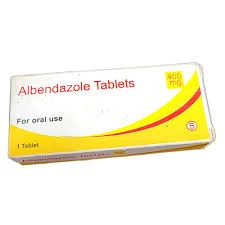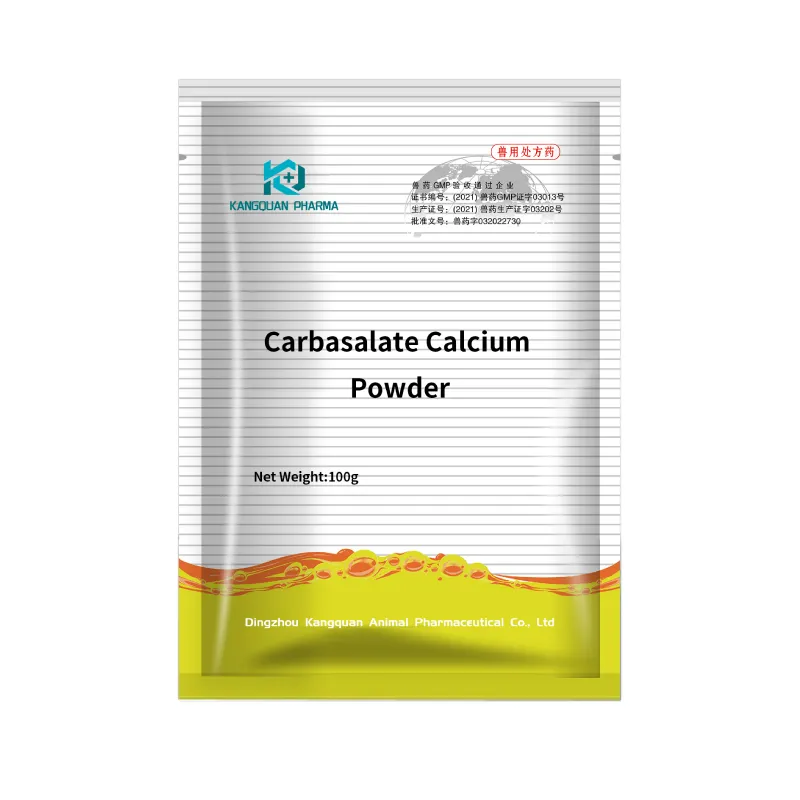- Afrikaans
- Albanian
- Amharic
- Arabic
- Armenian
- Azerbaijani
- Basque
- Belarusian
- Bengali
- Bosnian
- Bulgarian
- Catalan
- Cebuano
- Corsican
- Croatian
- Czech
- Danish
- Dutch
- English
- Esperanto
- Estonian
- Finnish
- French
- Frisian
- Galician
- Georgian
- German
- Greek
- Gujarati
- Haitian Creole
- hausa
- hawaiian
- Hebrew
- Hindi
- Miao
- Hungarian
- Icelandic
- igbo
- Indonesian
- irish
- Italian
- Japanese
- Javanese
- Kannada
- kazakh
- Khmer
- Rwandese
- Korean
- Kurdish
- Kyrgyz
- Lao
- Latin
- Latvian
- Lithuanian
- Luxembourgish
- Macedonian
- Malgashi
- Malay
- Malayalam
- Maltese
- Maori
- Marathi
- Mongolian
- Myanmar
- Nepali
- Norwegian
- Norwegian
- Occitan
- Pashto
- Persian
- Polish
- Portuguese
- Punjabi
- Romanian
- Russian
- Samoan
- Scottish Gaelic
- Serbian
- Sesotho
- Shona
- Sindhi
- Sinhala
- Slovak
- Slovenian
- Somali
- Spanish
- Sundanese
- Swahili
- Swedish
- Tagalog
- Tajik
- Tamil
- Tatar
- Telugu
- Thai
- Turkish
- Turkmen
- Ukrainian
- Urdu
- Uighur
- Uzbek
- Vietnamese
- Welsh
- Bantu
- Yiddish
- Yoruba
- Zulu
ກ.ພ. . 16, 2025 09:53 Back to list
Ivermectin Injection 1%


Inject the medication slowly to minimize discomfort. After administering the injection, remove the needle and apply gentle pressure to the site with a clean cotton ball to prevent bleeding. It's advisable to observe the dog closely for any adverse reactions, such as vomiting, diarrhea, or lethargy, especially if this is the first time they are receiving ivermectin. These reactions can happen within a few hours post-injection. Monitoring your dog after the injection is a part of responsible pet care. Record the date of administration and note any side effects. Follow up with your veterinarian if any concerning symptoms arise. It's important to recognize that while ivermectin is generally safe, certain breeds such as Collies, Australian Shepherds, and other herding breeds may be more susceptible to toxicity due to a genetic mutation. Engage with your vet if your dog is one of these breeds to discuss alternative treatments. Lastly, store ivermectin correctly to ensure its effectiveness for future use. Typically, this means keeping it in a cool, dry place away from direct sunlight. Expired or improperly stored medication should not be used, as it can be ineffective or potentially harmful. Administering ivermectin injections involves more than just understanding the mechanics of injection. It requires professional guidance, careful observation, and responsible storage and record-keeping. By adhering to these practices, pet owners can ensure the safe and effective use of ivermectin and safeguard the health of their dogs. Prioritize staying informed about best practices and advancements in veterinary medicine to maintain a high standard of care for your pets.
-
Guide to Oxytetracycline Injection
NewsMar.27,2025
-
Guide to Colistin Sulphate
NewsMar.27,2025
-
Gentamicin Sulfate: Uses, Price, And Key Information
NewsMar.27,2025
-
Enrofloxacin Injection: Uses, Price, And Supplier Information
NewsMar.27,2025
-
Dexamethasone Sodium Phosphate Injection: Uses, Price, And Key Information
NewsMar.27,2025
-
Albendazole Tablet: Uses, Dosage, Cost, And Key Information
NewsMar.27,2025













